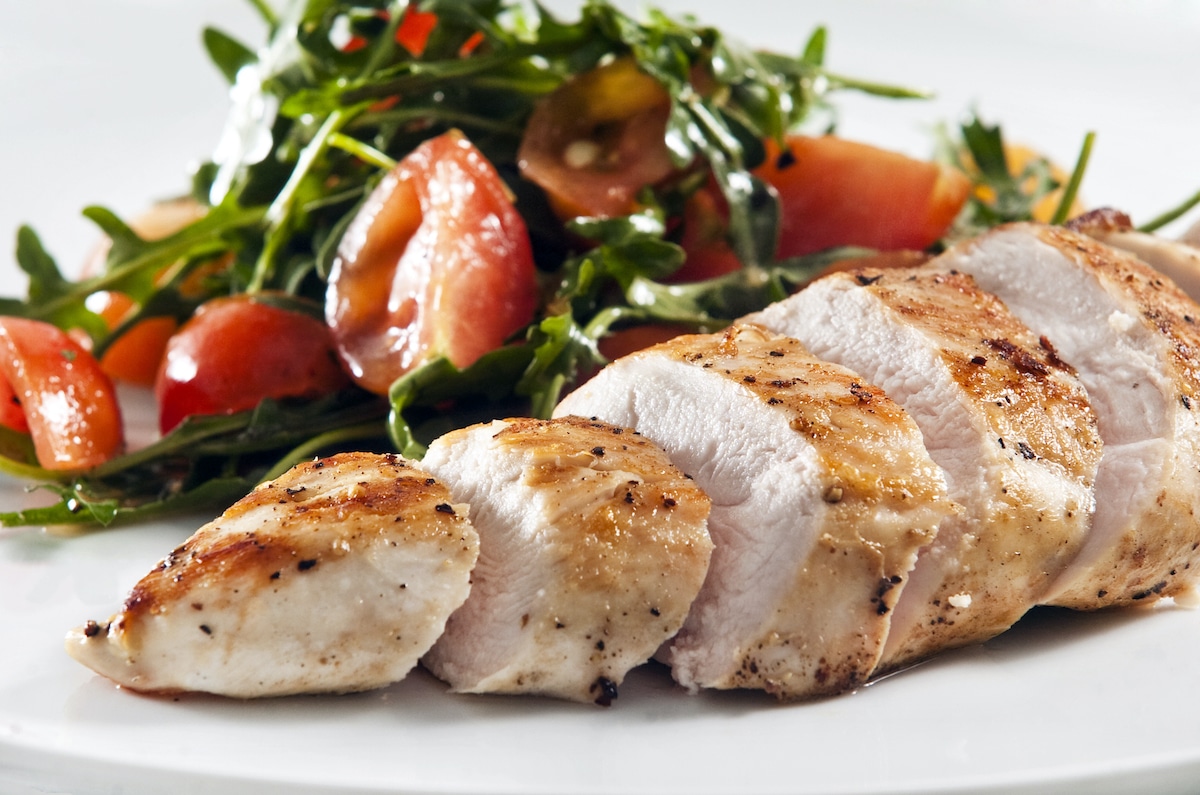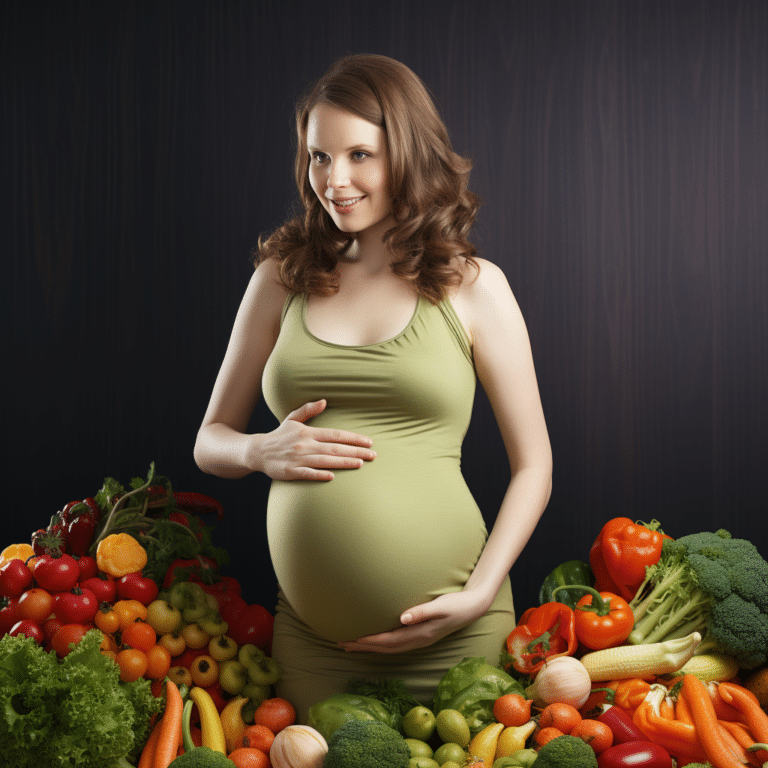Can You Eat Cold Chicken When Pregnant?
Chicken can be prepared in various ways, and we all have our favorites. There are countless ways to eat it warm, including frying, grilling, sauteing, baking, and even oven roasting. But what if there are leftovers? Is it possible to eat chicken cold and avoid becoming one of the million individuals who become ill each year due to contaminated poultry?
It’s all about preparing, cooking, and storing cold chicken to keep you safe. Tenders, nuggets, breasts, wings, and chicken salad can all be eaten cold if the instructions are followed correctly. It’s okay to consume cold chicken if you prepare it and store it according to the Food Safety rules.
When pregnant, however, you should avoid pre-made chicken salad and exercise additional caution when handling deli meats.
When is it Okay to Eat Chicken While Expecting a Baby?
While it is okay to consume cold chicken while pregnant, it is best to know where the food came from. You can eat any chicken without reheating it if it is prepared, stored, and cooked according to the Food and Drug Administration’s guidelines. Chicken breast, wings, nuggets tenders, and chicken noodle soup are examples of this.
When is it Not Safe to Eat Cold Chicken While Expecting a Baby?
Chicken salad and deli meat should be avoided. Both of these items are more likely to carry hazardous bacteria or viruses. To reduce the dangers of these foods, use the best practices listed below.
The dangers of eating raw meat are known. When consuming meat, be sure it has been thoroughly cooked. The internal temperature of the chicken should be 165 degrees Fahrenheit. This is the only surefire way to determine whether or not your chicken is safe to consume.
Another high-risk item is preservative-free chicken salad from an onsite deli or restaurant. Listeria, a hazardous pathogen, may be present in several types of chicken salads. Preparing your chicken salad at home has significantly less risk.
Similarly, chicken deli meat is regarded as a high-risk product. Reheat the deli meat to 165 degrees Fahrenheit to reduce the risk.
How to Safely Prepare Raw Chicken?
To eat fresh and cold chicken safely, it must first be appropriately prepped for cooking. According to the Centers for Disease Control and Prevention, salmonella is found in one out of every twenty-five packages of chicken purchased at the grocery store. They recommend putting the raw chicken in a plastic bag before putting it in your shopping cart or fridge to help minimize the spread of this harmful bacteria.
Ensure that you also wash your hands after handling the chicken, but not the chicken itself. Raw juices containing the bacteria can be prevented from spreading by washing your hands, dishes, cutting boards, and counters. It also helps to reduce the spread by not washing the chicken.
If you’re marinating the chicken, ensure you put it in the fridge. It should also be kept in a container to keep the raw chicken liquids contained. The juices could contaminate other foods if they spread.
Methods of Thawing Chicken
Make cautious plans before preparing frozen chicken. Microwave, cold water, and the refrigerator are three safe ways to thaw chicken.
According to the Food Safety and Inspection Service, thawing chicken in the refrigerator might take up to a day. The good news is that if you wait patiently for the chicken to thaw in the fridge, it will be safe for an extra day before cooking.
If you don’t have all day to thaw, cold water is a better option. It does, however, necessitate greater caution. Make sure the package is watertight first. Next, cover the container with the chicken with cold water from the tap. It will take two to three hours to thaw your chicken using this method. To ensure safety, the chicken must be cooked immediately after thawing.
The microwave is another quick way to thaw your chicken. You don’t need to finish cooking the chicken using your preferred technique after thawing it because the microwave will thaw and cook the chicken.
It’s vital, however, to remember that food should never be thawed in hot water or on the counter. This results in uneven thawing and the growth of microorganisms.
How to Safely Cook Your Raw Chicken?
Cooking chicken to the proper temperature is critical, regardless of your preferred method. According to the federal authorities, there are around 48 million cases of foodborne illnesses each year.
To ensure that your chicken is safe for eating, use a food-grade thermometer to check that it has reached a temperature of 165 degrees Fahrenheit on the inside.
The only method to ensure that the chicken is cooked safely and that hazardous bacteria have been killed is to check the interior temperature. It’s not a good idea to rely on time, color, or texture.
When making a microwavable dish with raw frozen chicken, be sure to follow the cooking instructions to the letter. Make sure to handle the microwaveable meal as if it were raw meat.
What is the Best Way to Preserve Chicken Safely?
After preparing and cooking the chicken, the next safety concern is storage. You can store the chicken in a refrigerator or a freezer
According to food safety guidelines, chicken salad can be kept in the refrigerator for up to four days before becoming unsafe to eat. Cooked chicken can be stored for up to four days in the fridge. After this period, the chicken is no longer regarded as safe to consume. If you opt to freeze your chicken, you can keep it in the freezer for up to a year.
Final Thoughts
Cold chicken is safe for a pregnant lady to eat. However, remember to follow the preparation and cooking guidelines to kill germs and viruses.
Make sure your chicken hits 165 degrees Fahrenheit when cooking. If you have leftovers, consume them within four days, whether warm or cold. Make certain you know how long the food has been in the fridge. If you can’t recall when the chicken was cooked, it’s probably not safe to eat.






